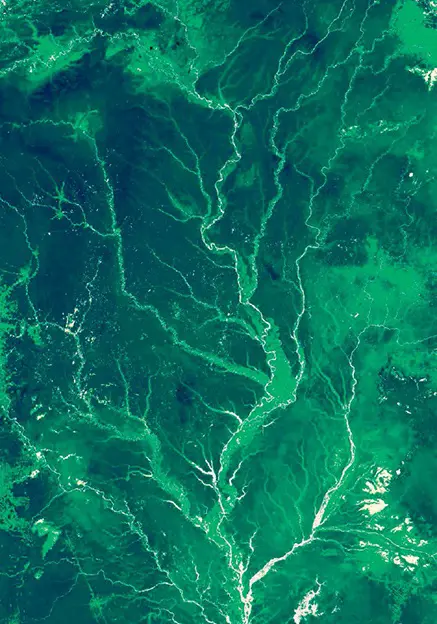The Amazon River stands as a colossal force in South America and the world, renowned for its immense length and unparalleled volume of water discharge. Stretching across multiple countries, including Brazil, Colombia, Ecuador, Peru, and Bolivia, it forms a vital network that sustains the lush Amazon rainforest, a global epicenter of biodiversity.
European explorers first navigated the Amazon in the early 1500s, encountering a vast and complex ecosystem already home to millions of indigenous people. Geologically, the river’s history traces back to the era of the supercontinent Gondwana, sharing a common drainage basin with Africa’s Congo River. The eventual rise of the Andes Mountains dramatically altered its course, converting it from a westward-flowing river into the eastward giant it is today.
This transformation led to the formation of an enormous inland sea, which, over time, evolved into the intricate tributary system of the modern Amazon. The river’s route through dense, high-rainfall tropical forests contributes to its staggering water volume, making it a critical natural resource and a wonder of the natural world. The Amazon’s ecological significance cannot be overstated, as it nurtures the largest stretch of rainforest left on Earth, a treasure trove of biodiversity and a key player in global climate regulation.

